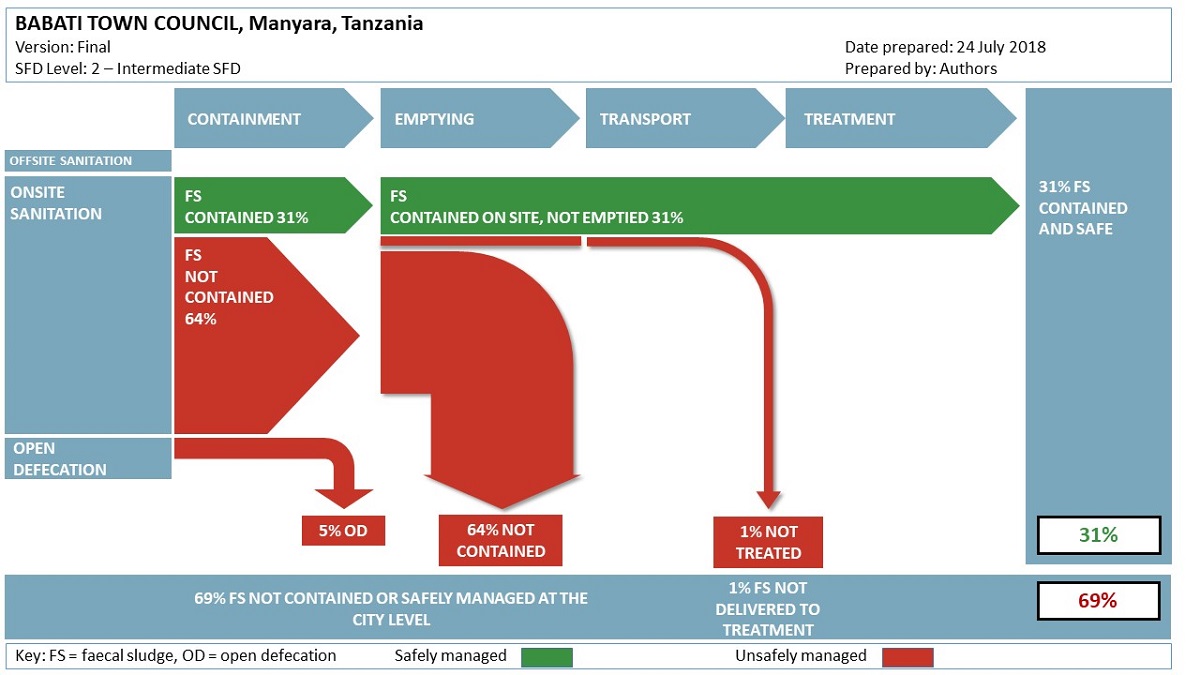Sustainable Development Goal (SDG) 6.2 sets an ambitious target of leaving no one without adequate sanitation by 2030. The key concern is the lack of local human and financial capital to fund the collection of reliable information to monitor progress towards the goal. As a result, national and local records may be telling a different story of the proportion of safely managed sanitation that counts towards achieving the SDGs. This paper unveils such inconsistency in sanitation data generated by urban authorities and proposes a simple approach for collecting reliable and verifiable information on access to safely managed sanitation. The paper is based on a study conducted in Babati Town Council in Tanzania. Using a smartphone-based survey tool, city health officers were trained to map 17,383 housing units in the town. A housing unit may comprise of two or more households. The findings show that 5% practice open defecation, while 82% of the housing units have some forms of sanitation. Despite the extensive coverage, only 31% of the faecal sludge generated is safely contained, while 64% is not. This study demonstrates the possibility of using simple survey tools to collect reliable data for monitoring progress towards safely managed sanitation in the towns of global south.

